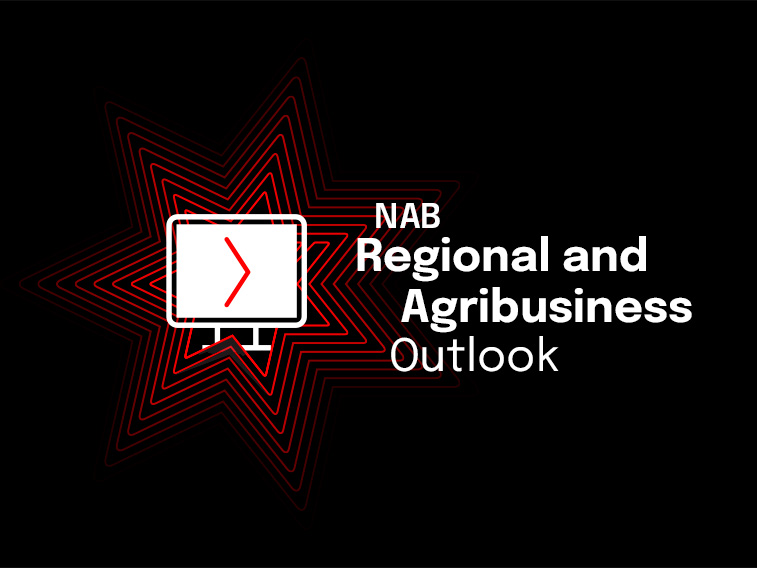The latest NAB Regional & Agribusiness webinar provides insights on the Australian & Global Economies, and a regional and rural property update. Watch the webinar here.

Webinar
The NAB Cashless Retail Sales Index is a new product which provides timely proprietary data on a major part of retail spending in Australia.

For more information, please refer to the attached report or contact:
© National Australia Bank Limited. ABN 12 004 044 937 AFSL and Australian Credit Licence 230686.